Decentralised finance(Defi) is an open and global transparent financial system accessible to all users with access to the internet. The beauty of Defi is that users have full autonomy over their assets, valuables and collectables unlike centralised financial institutions like banks, which operate with a regulated policy.
Centralised Finance medium posed major challenges for users, like having to give out a bio-data to open an account, unaccounted transfers that can't be traced from the banks having transfer delays and having to ask for permission to your own funds.
A practical example of the challenges of centralised financial systems is when all top fin-tech African startups shut down their virtual card service system earlier this week. Businesses affected by this rapid shutdown have been forced to find alternate means of processing payments across borders.
The advent of decentralised finance systems powered by blockchain technology was definitely a blockbuster for modern-day finance. Users can now control their assets from blockchain wallets and not only that, they could choose to trade their cryptocurrencies from one token or currency to another without any third-party intervention or barriers.
Blockchain Wallets
Blockchain wallets are essential software applications built for buying, trading and selling cryptocurrencies. You can describe it as a digital purse for keeping your digital currencies safe and secured. There are several types of wallets and they differ in application and uses. We have the custodial wallets and the self-custodial wallets.
Custodial Crypto Wallets:
Custodial wallets are wallets that are regulated by third-party centralised organisations. These organisations hold private keys to the wallets and only allow users permission to send or receive payments. They include applications like Binance and Coinbase. They are primarily used to buy and sell crypto. You can easily create an account on these applications by simply downloading the applications and setting up your profile. This kind of wallet comes with its own disadvantages, which may be issues of KYC(Know Your Customers) which requires users to present a valid means of identification, not being in full control of their funds and the possibility of being hacked during a transaction. Its advantages include free transactions and no loss of private keys from users.
Self-Custodial Crypto Wallets:
Self-custodial wallets also known as non-custodial wallets are wallets in which users have full custody of their private keys. The users are their own banks. No external party has access to your crypto assets, you would have to take caution to keep your seed phrase and private keys safe. Some examples of non-custodial wallets are Metamask and TrustWallet. The advantages of a non-custodial wallet are full custody of applications by users, and faster transactions, while some of its disadvantages are the loss of private keys by users, it is also less user-friendly to navigate.
How To Create A MetaMask Wallet
Metamask is one example of a non-custodial wallet. It was created by the ConsenSys product family in the year 2016 and has been a reliable product ever since.
The following steps would be showing us how to create a wallet on MetaMask.
Step 1 Search for a Metamask extension from your chrome browsers. The chrome extension can be easily added to your browser.
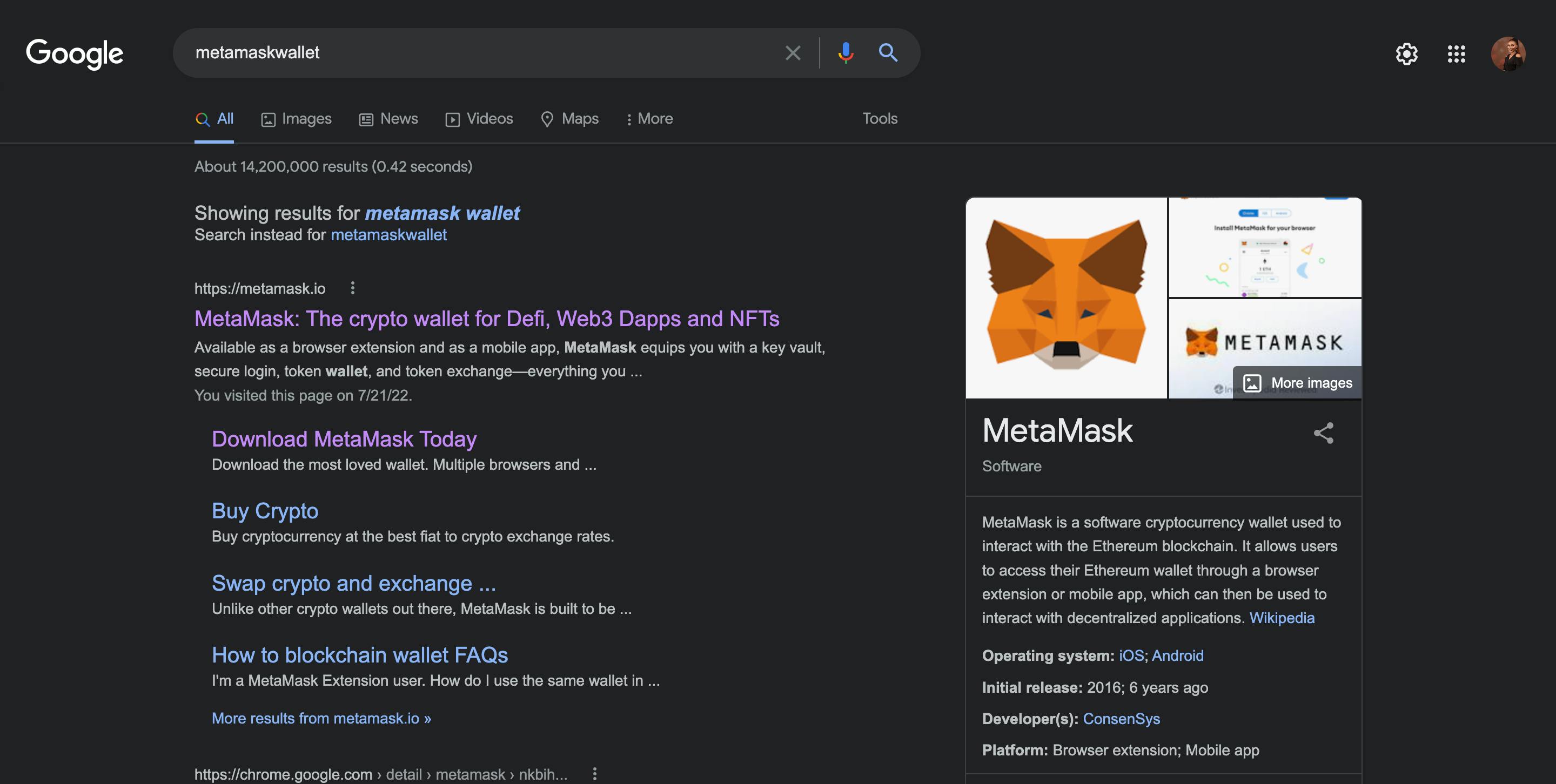
Step 2
From the chrome web store, add the extension to your browser

Step 3
After adding the Metamask extension to your chrome browser, you would receive a welcome message and you are expected to signup with just a password
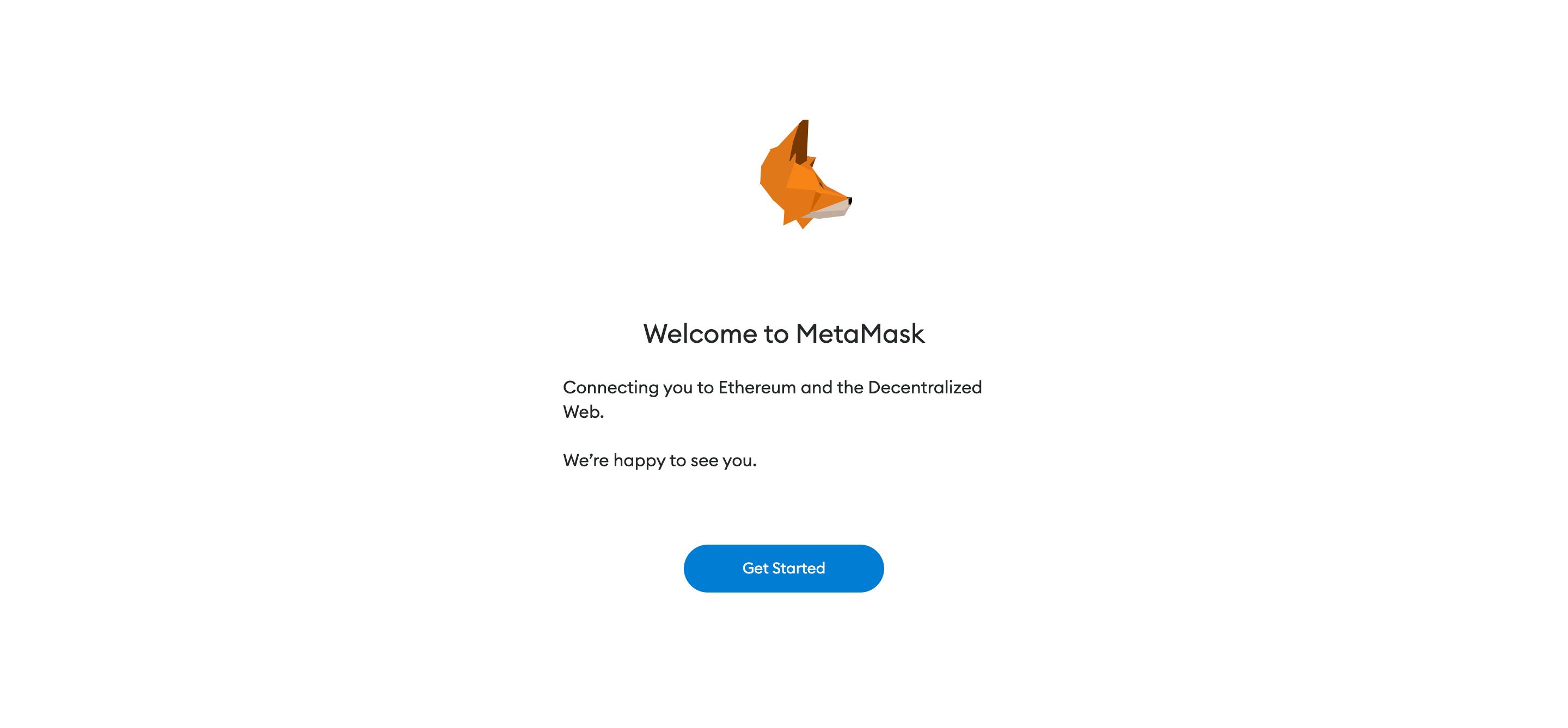
If you are new to Metamask, you would need to create a new wallet but if you already have an account, put in your seed phrase and login into your account
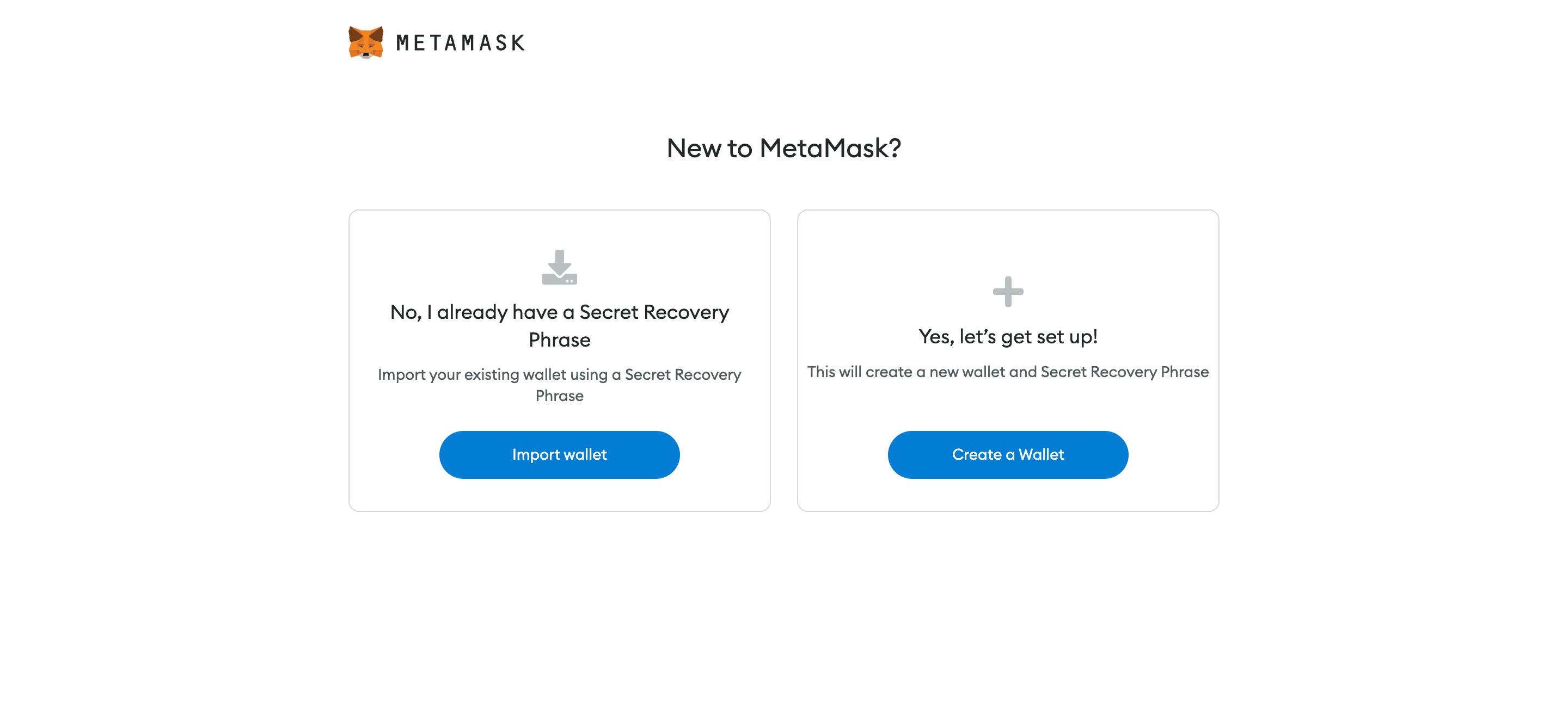
Read the terms and conditions and agree with it
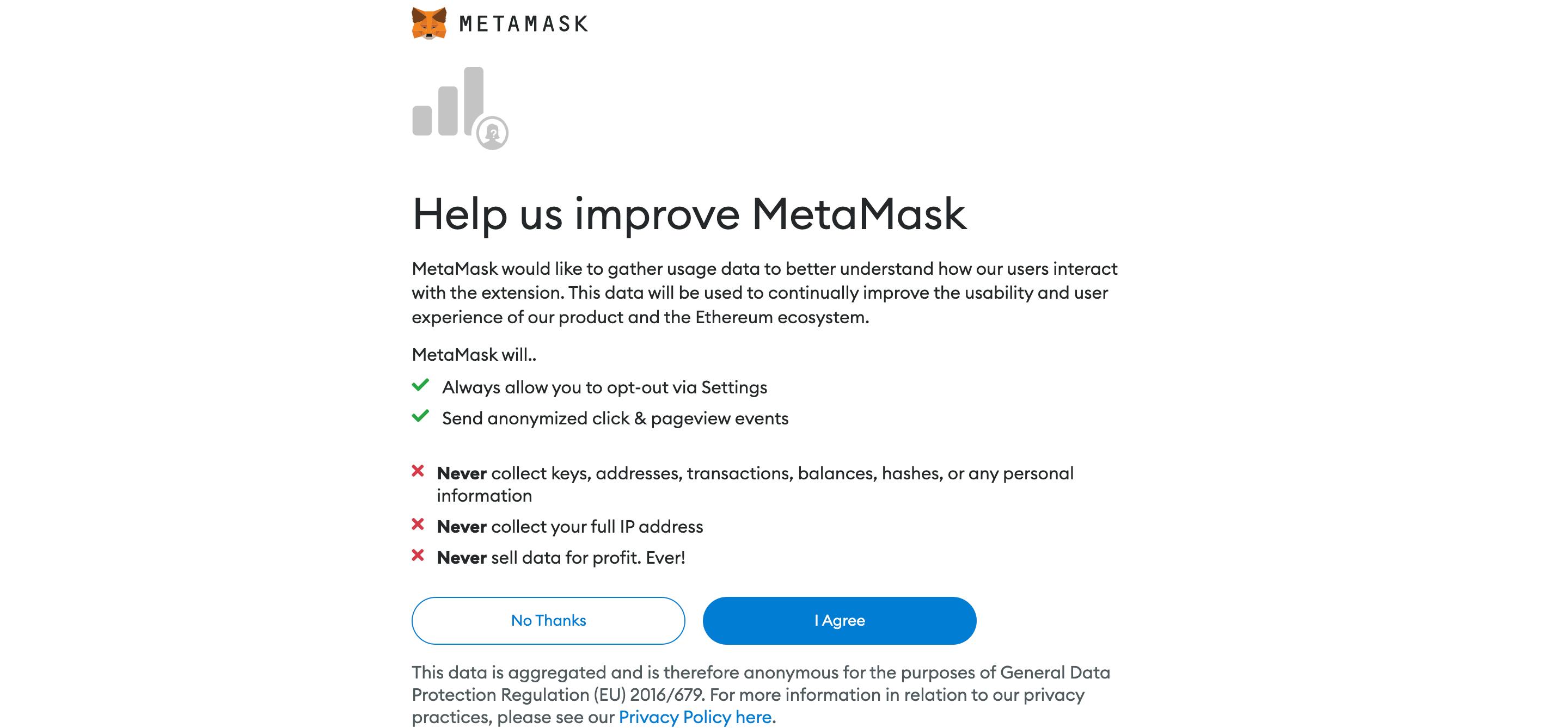
Create your unique passwords

Step 4
Get your secret recovery phrase A secret recovery phrase is also known as a seed phrase, it is a series of words generated by the wallet to give you access to your assets. You are to keep it safe at times, do not share it with anyone because once lost your account stands the risk of being jeopardized
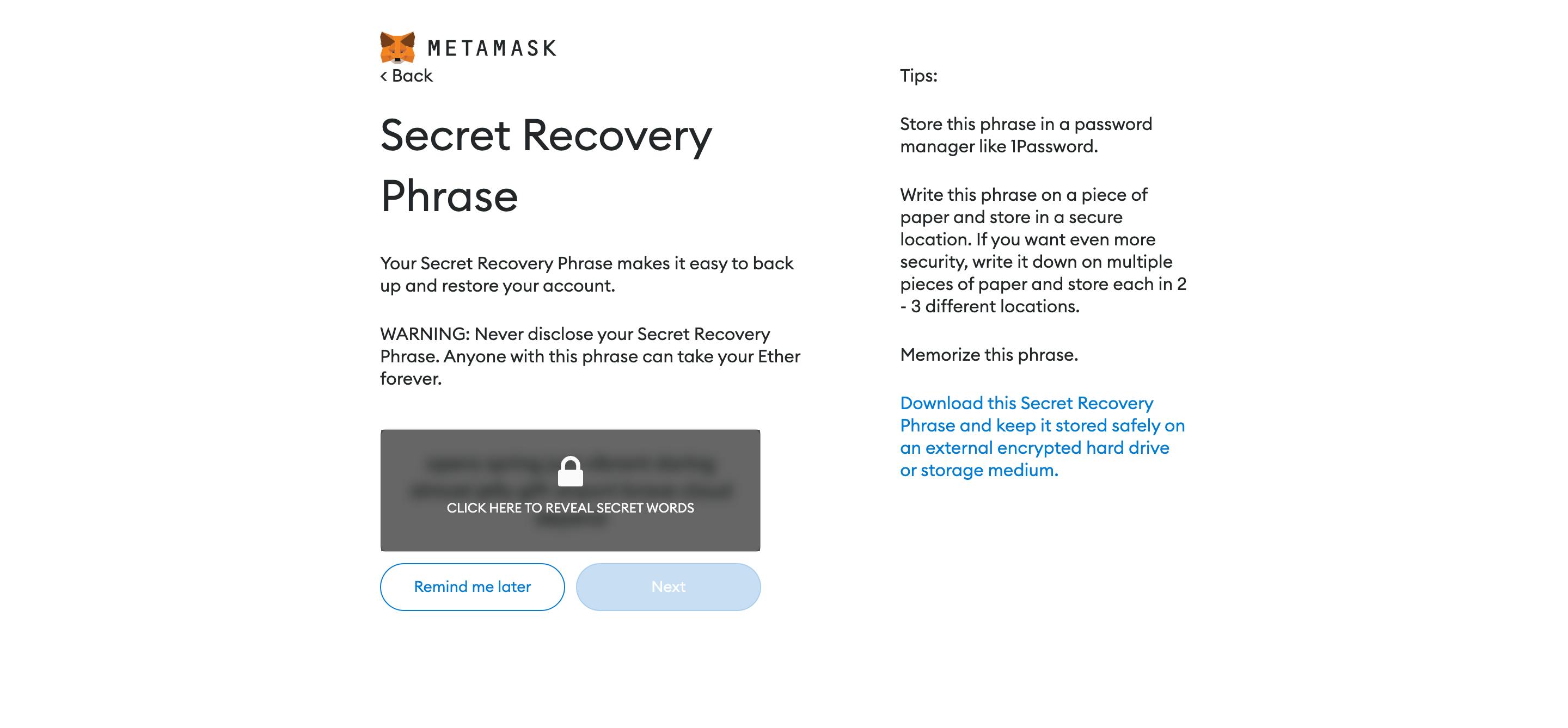
Once your seed phrase is revealed to you, copy it to a document or memorize it because you would be required to rearrange the words in order to have access to your wallet
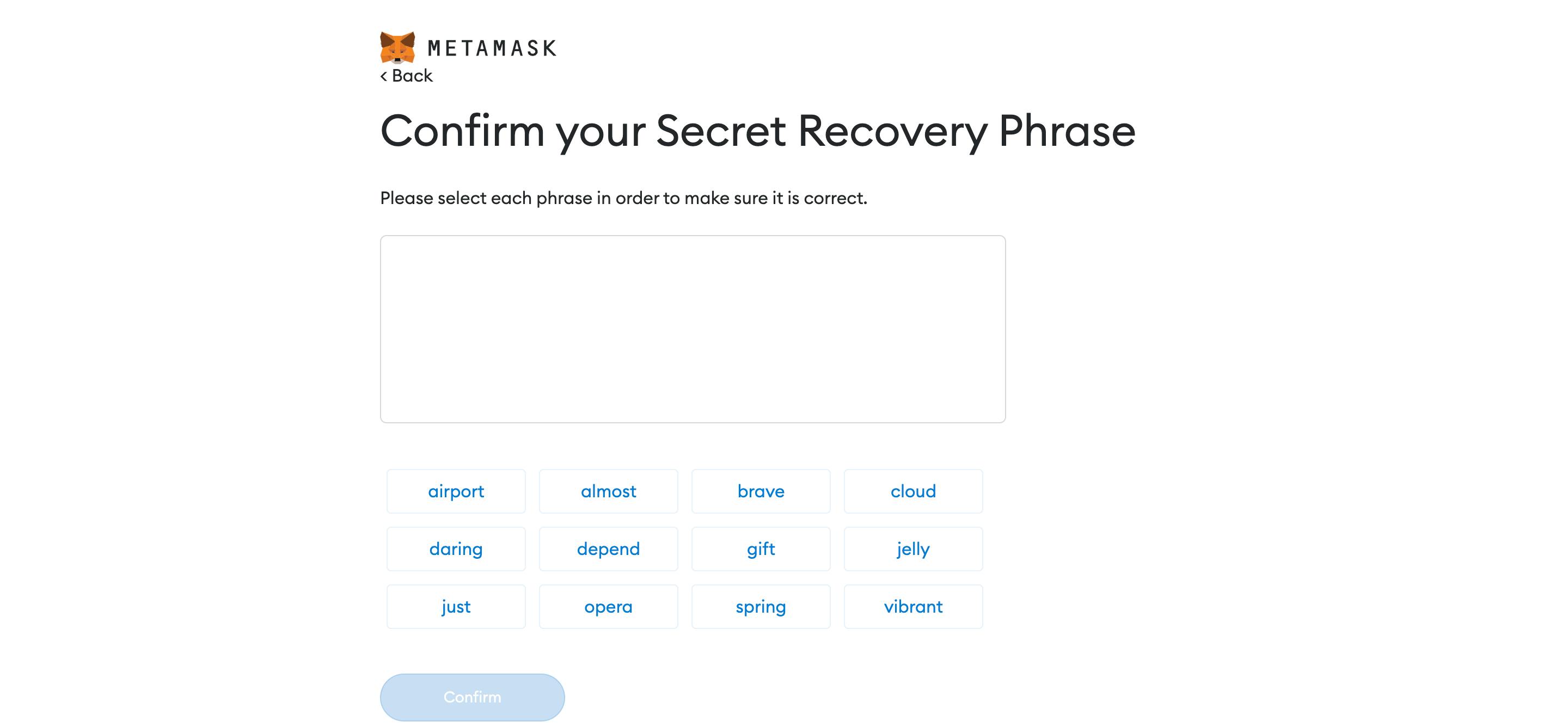
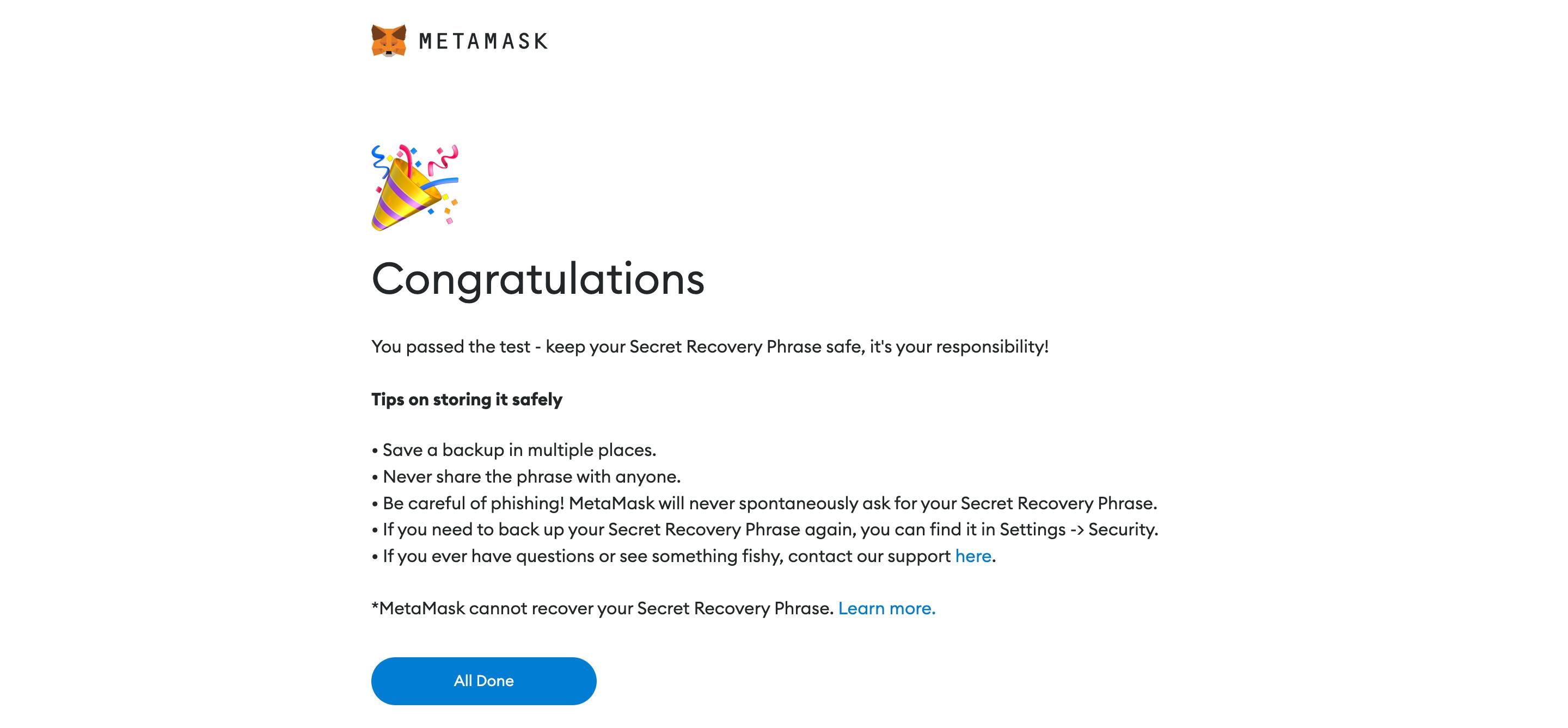
Step 5
Congratulations!! You now have a non-custodial wallet on Metamask. You can now transfer cryptocurrencies, mint NFT collectables and receive digital gifts like bounties and airdrops from friends by sharing your wallet address

Wallet Addresses
A wallet address is a string of numbers or letters. They consist of 25-35 alphanumeric characters and can be shared like email addresses to receive crypto, NFT collections or other digital assets.
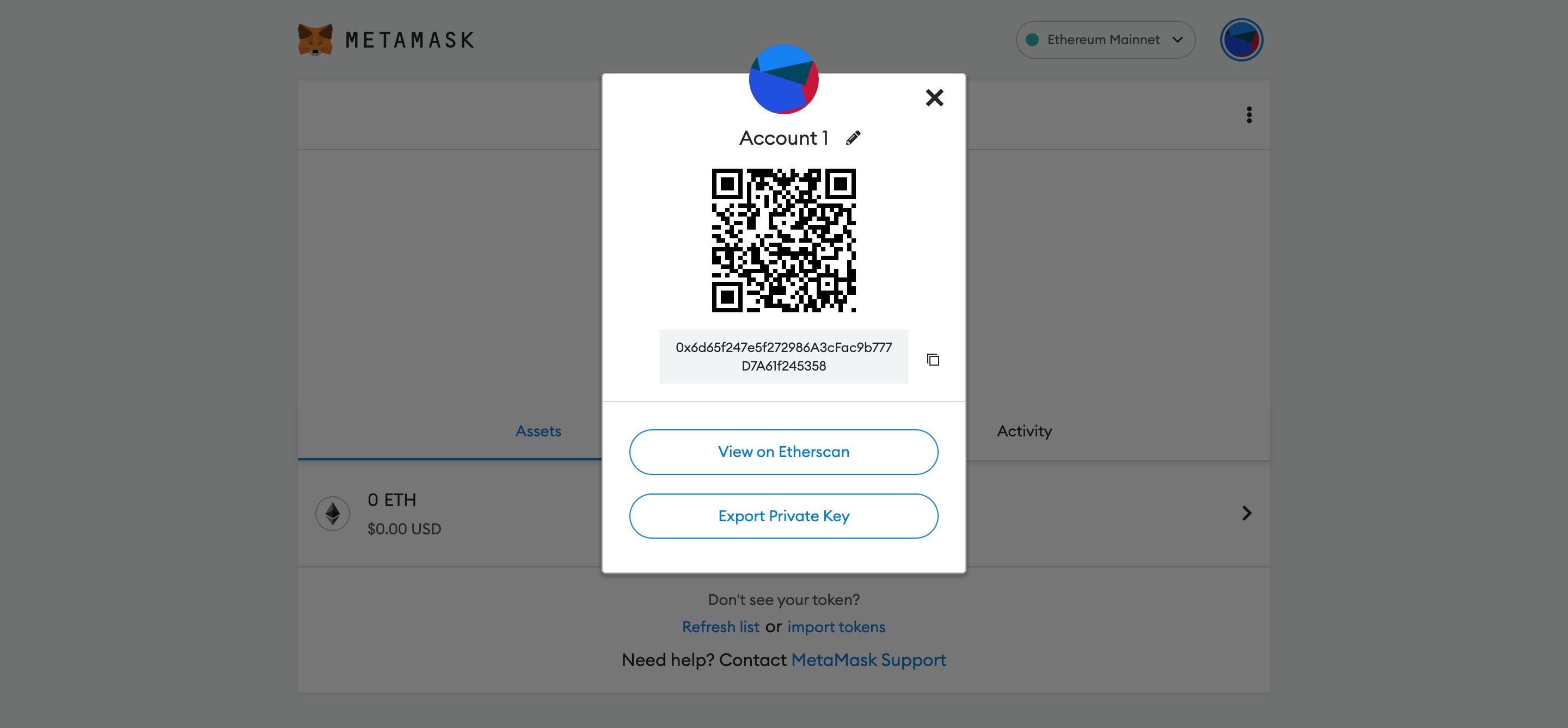
There are several types of wallet addresses. For example, the Ethereum wallet would only allow users to interact with Ethereum blockchain assets wallets. In my next article, I would explain in detail the different types of wallet addresses.
Conclusion
Self-custodial wallets are the go-to wallets for experienced crypto enthusiasts. It is a beautiful feeling to navigate through your collectables, create new accounts, mint an NFT and receive bounties all from a central location controlled by you. This article is to help new web3 enthusiast create their first non-custodial wallets, let me know if it helped you by dropping a comment below.
